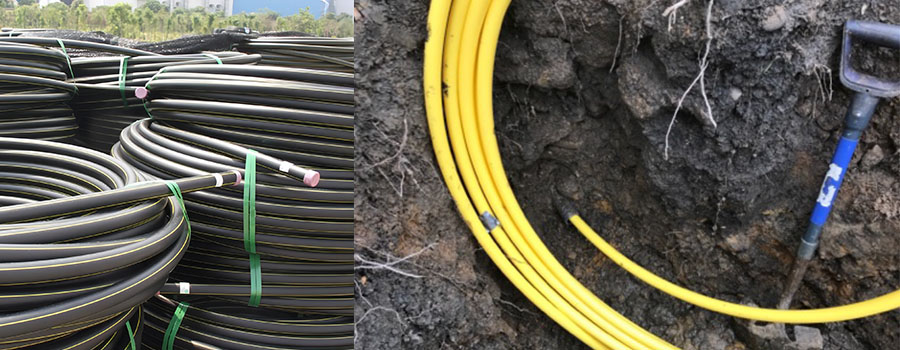20
Sep
How To Choose Right HDPE Gas Pipe?
Understanding pressure ratings and selecting the right HDPE gas pipe class is important to ensure the safe and efficient transportation of natural gas. HDPE gas pipes are designed to withstand high pressure and provide a reliable and durable solution for gas distribution systems.
The pressure rating of an HDPE gas pipe is determined by its material properties, wall thickness, and diameter. The pressure rating is expressed in terms of the maximum operating pressure (MOP) that the pipe can withstand. The MOP is typically expressed in pounds per square inch (psi) and varies depending on the class of the pipe.
HDPE gas pipes are classified based on their MOP, which ranges from 125 psi to 200 psi(PN8-PN20). The class of the pipe is determined by its wall thickness, which is directly related to its MOP. The thicker the wall, the higher the MOP and the higher the class of the pipe.

How To Choose Right HDPE Gas Pipe?
Choosing the right HDPE gas pipe involves considering several factors, including the operating pressure of the gas distribution system, the environmental conditions, and the installation requirements. Here are some steps to help you choose the right HDPE gas pipe:
- Determine the operating pressure: The first step is to determine the operating pressure of the gas distribution system. This will help you determine the required MOP of the HDPE gas pipe.
- Consider the environmental conditions: The environmental conditions, such as temperature, soil type, and exposure to UV radiation, can affect the performance of the HDPE gas pipe. It is important to choose a pipe that is suitable for the specific environmental conditions.
- Determine the installation requirements: The installation requirements, such as the depth of burial, the type of jointing method, and the need for directional drilling, can also affect the choice of HDPE gas pipe.
- Choose the appropriate class: HDPE gas pipes are classified based on their MOP, which ranges from 125 psi to 200 psi. Choose the appropriate class based on the operating pressure of the gas distribution system.
- Ensure compliance with industry standards: It is important to ensure that the HDPE gas pipe meets the relevant industry standards and regulations, such as ASTM D2513 and CFR 49 Part 192.
By considering these factors, you can choose the right HDPE gas pipe that meets the requirements of your gas distribution system and ensures safe and efficient transportation of natural gas.

